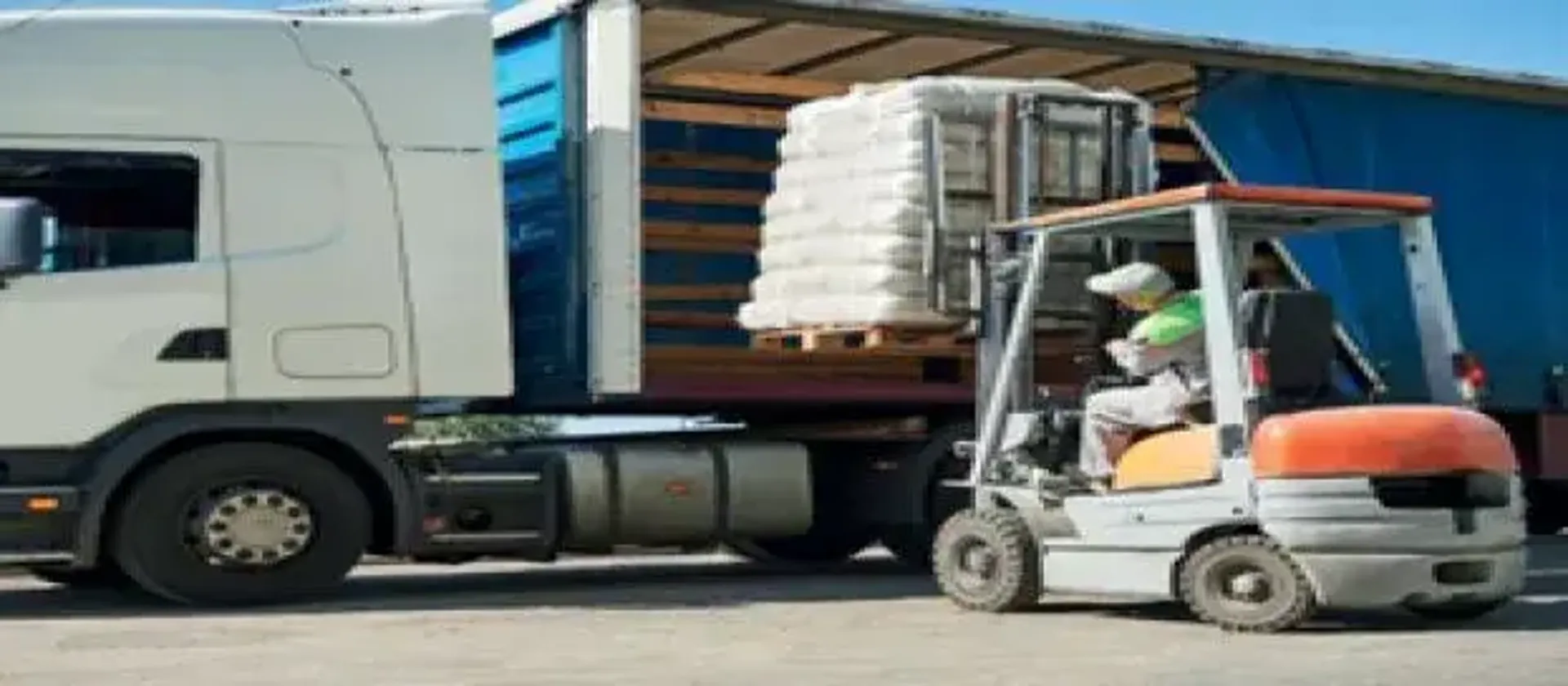
23/02/2017
Failure to transport properly secured items can be extremely costly. Claims from property damage, injury or even fatality can run into thousands and thousands of pounds. We look at the regulations regarding securing your load and the responsibilities of drivers.
Businesses are responsible for ensuring items are transported safely, efficiently, and free from damage.
Failure to transport properly secured items may result in property damage, injury, or even a fatality. Claims from these incidents can run into thousands and thousands with a significant impact on insurance premiums. The effect on customers if the cargo or service is not delivered should also not be underestimated.
Regulations regarding securing a load state that companies and drivers are required to:
- Properly distribute and secure cargo
- Secure all vehicle load securement devices (chains, straps, and tarps) and cargo
- Ensure drivers have clear visibility on all sides of the vehicle
- Ensure drivers have free movement of their arms and legs
- Provide driver access to emergency equipment and easy vehicle exit
- Inspect the load and devices to secure the load prior to beginning the trip
- Inspect the load within the first 50 miles and adjust securement devices as needed
- Re-examine the load and securement devices during the trip, adjusting as needed
- Examination intervals must occur whenever a change-of-duty status occurs and when the vehicle has been in operation more than three hours or driven 150 miles (whichever occurs first)
It is important that businesses choose suitable vehicles to be transported, in both type and size. The load then has to be correctly positioned in such a way so as not to overload tyres or axles, or compromise vehicle stability in transit—especially during manoeuvres such as turning, accelerating, or braking. Loads must be restrained to a degree that prevents unacceptable movement during transit, even in the case of emergency braking. Drivers must also use appropriate driving techniques and a safe driving style during their journey.
Did you know?
At 50 mph, a sudden stop caused by a crash will propel a loose, 16 ounce bottle of water and land a blow on a vehicle occupant with the equivalent force of a 21-pound object," stated Art Liggio, president of Driving Dynamics. "Imagine what a laptop could do to you? It would be painful at a minimum, or, even worse, a hit to the head could cause someone to blackout."
Top tips for drivers:
Keep all bulkier, heavier items stored in the vehicle's truck or use a storage net. Unless an item (such as a GPS device) has a secure clip-in system, store all such items in a closed compartment. When spec'ing vehicles, ensure proper storage options are provided if drivers typically must carry files and/or laptops with them.


